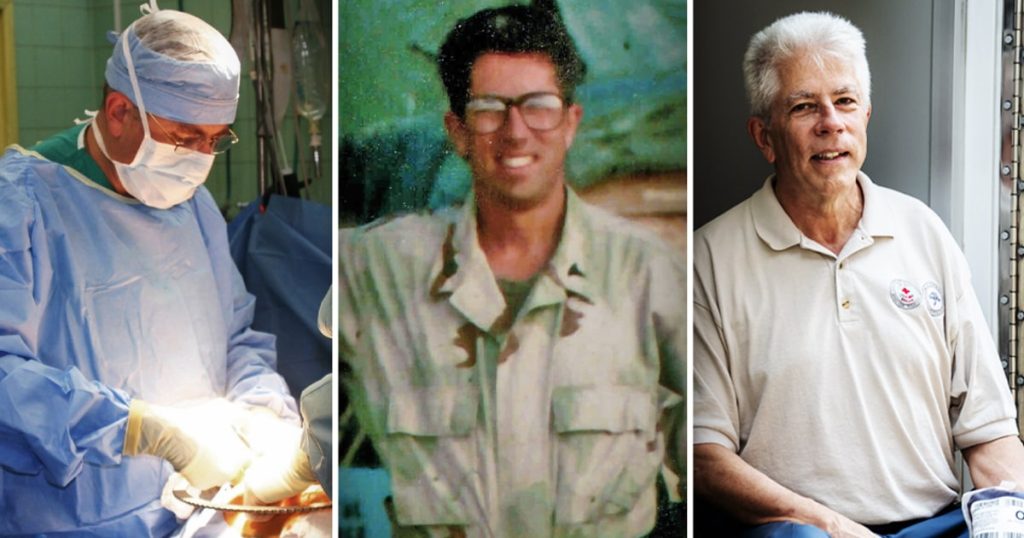In the United States, there has been a push by doctors and medical professionals to increase the availability of prehospital blood transfusions in emergency medical services. As of 2016, there were zero agencies providing this service, but now there are 152 agencies in 23 states. However, this still only accounts for 1% of all rescue services in the country, showcasing the slow progress being made in this area. These doctors are advocating for insurance providers to reimburse the use of blood in rescue vehicles, as they believe it could have a significant impact in saving lives, estimating that it could save at least 60,000 lives.
Trauma is one of the leading causes of death in the US for individuals between the ages of 1 and 45. Studies have shown that receiving blood before arriving at a hospital can greatly impact a patient’s chance of survival. Despite this knowledge, many ambulances and rescue helicopters in the US still administer crystalloid, instead of blood, to bleeding patients. Doctors argue that crystalloid is not an effective alternative to blood and can even cause harm to patients by leading to severe complications. The data supports the argument for using blood over crystalloid in these situations.
Whole blood transfusions were more common in the past before the focus shifted to using component parts like platelets, plasma, and red blood cells due to the ability to serve more patients. However, the experience of former trauma surgeons on the battlefield highlighted the value of whole blood transfusions, leading them to advocate for its availability in their individual communities. Physicians in places like San Antonio have led the way in implementing whole blood programs, showing positive results in saving lives. These programs have been successful in overcoming hurdles like insurance reimbursement and procuring blood through innovative methods.
In San Antonio, a unique approach was used to overcome barriers to prehospital blood transfusions. The city or county responsible for the EMS system covers the upfront costs of storing blood on rescue vehicles, and if the blood goes unused, it can be exchanged for fresh blood at no cost. Blood donation centers also participate in the program, providing blood that is returned and used by trauma centers if not needed by rescue services. This system has been effective in minimizing blood waste and has saved the lives of many individuals, including a 12-year-old girl involved in a school shooting and a 6-year-old girl who was bleeding out after a tonsillectomy.
The success of prehospital blood transfusions in San Antonio and other areas has demonstrated the life-saving potential of this intervention. Doctors and medical professionals have witnessed firsthand how whole blood transfusions can revive patients who are near death due to severe bleeding. The implementation of these programs has showcased the positive impact that prehospital blood transfusions can have on survival rates, giving hope to patients who might not have survived otherwise. These efforts highlight the importance of advocating for the availability of blood in rescue vehicles and the significant difference it can make in emergency situations.
Overall, the progress made in expanding prehospital blood transfusions in the US demonstrates the dedication and perseverance of doctors and medical professionals in saving lives. By advocating for insurance reimbursement, implementing innovative strategies, and demonstrating the effectiveness of whole blood transfusions, these individuals have made significant strides in improving emergency care. The stories of individuals like Mayah and Izzy highlight the life-saving impact of prehospital blood transfusions and showcase the importance of continuing to push for greater availability of this treatment across the country.













